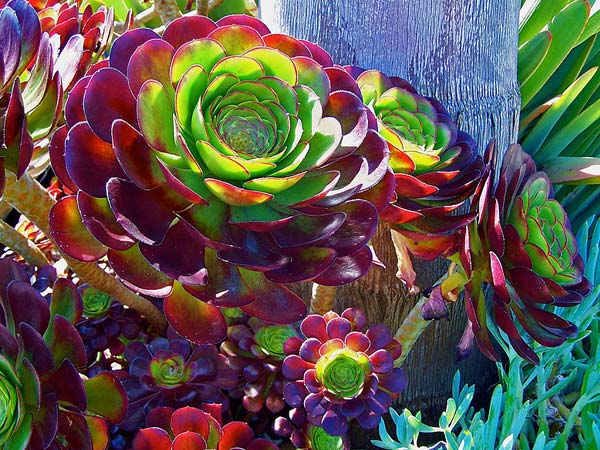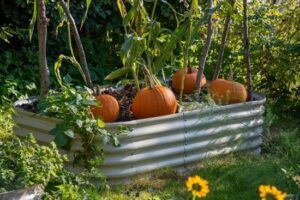
Introduction
In the realm of garden design, outdoor plants with red and green leaves serve as captivating focal points, infusing landscapes with vibrant color and visual interest. Whether used as accent plants, border specimens, or container fillers, these striking foliage plants add a touch of drama and sophistication to garden settings. In this article, we’ll explore several popular outdoor plant species with red and green leaves, highlighting their unique characteristics, growing requirements, and landscape applications.
Japanese Maple (Acer palmatum)
Description and Characteristics
The Japanese Maple, scientifically known as Acer palmatum, is a beloved ornamental tree renowned for its stunning foliage in shades of red, green, and purple. The leaves of the Japanese Maple are deeply lobed and feature intricate patterns of veins, adding to their ornamental appeal. Depending on the cultivar, the foliage may range from bright crimson to deep burgundy, creating a striking contrast against the tree’s graceful branching structure.
Growing Conditions and Requirements
Japanese Maples thrive in partial shade to full sun conditions, although they prefer protection from harsh afternoon sunlight, especially in hot climates. Plant them in moist, well-draining soil with good air circulation to prevent fungal diseases. Regular watering is essential, especially during dry periods, to keep the soil evenly moist. Mulch around the base of the tree to retain soil moisture and suppress weed growth.
Maintenance Tips and Design Ideas
To maintain the health and appearance of Japanese Maples, prune them selectively to remove dead or damaged branches and promote an attractive shape. Avoid heavy pruning, as it can stress the tree and affect its overall vigor. Japanese Maples make excellent focal points in garden landscapes, particularly when planted against a backdrop of evergreen shrubs or perennials. They also work well as border specimens or container plants on patios and decks.
Red-leaf Hibiscus (Hibiscus acetosella)
Description and Characteristics
The Red-leaf Hibiscus, scientifically known as Hibiscus acetosella, is a striking tropical shrub valued for its deep red foliage and showy flowers. The leaves of the Red-leaf Hibiscus are deeply lobed with serrated edges, adding texture and visual interest to the plant. Depending on the cultivar, the flowers may range from shades of pink and red to white, attracting pollinators such as bees and butterflies to the garden.
Cultivation and Care
Red-leaf Hibiscus thrives in full sun exposure and warm temperatures, making it well-suited for tropical and subtropical climates. Plant them in well-draining soil enriched with organic matter and water regularly to keep the soil evenly moist. Apply a balanced fertilizer every 4-6 weeks during the growing season to promote healthy growth and flowering. Prune the plant as needed to remove dead or leggy growth and encourage bushier growth.
Landscape Uses and Design Considerations
Red-leaf Hibiscus adds a tropical flair to garden landscapes, particularly when planted in mass or used as a focal point in mixed borders or island beds. They also work well as container plants on patios, decks, or balconies, where their vibrant foliage and showy flowers can be enjoyed up close. Pair Red-leaf Hibiscus with plants featuring contrasting foliage colors, such as green or silver, to create dynamic color combinations in the garden.
Conclusion
Outdoor plants with red and green leaves are not only visually striking but also invaluable additions to garden landscapes, offering a myriad of colors, textures, and ornamental features. From the elegant foliage of Japanese Maples to the tropical allure of Red-leaf Hibiscus, these plants infuse gardens with vibrant hues and captivating beauty. By understanding their unique characteristics, growing requirements, and landscape applications, gardeners can harness the full potential of these remarkable specimens to create stunning outdoor environments that delight the senses and inspire admiration. Whether used as focal points, border accents, or container fillers, outdoor plants with red and green leaves continue to captivate the imagination and elevate the aesthetic appeal of garden landscapes worldwide



